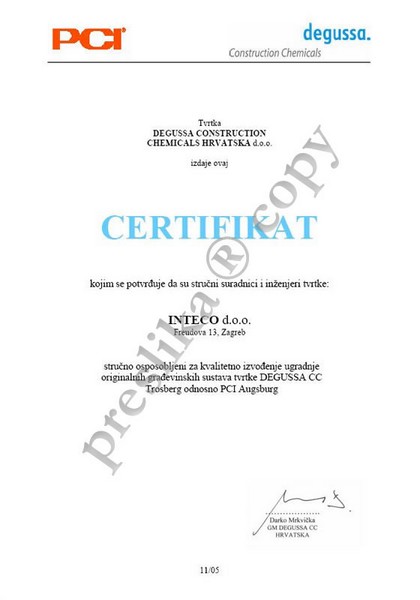
In Romagnol, it is used to represent, e.g. In Emilian, ò is used to represent, e.g. Ò represents the open-mid back rounded vowel /ɔ/ and È represents the open-mid front unrounded vowel /ɛ/. córso, "course"/"run", the past participle of "correre". It can also be used on the nonfinal vowels o and e to indicate that the vowel is stressed and that it is open: còrso, "Corsican", vs. In Italian, the grave accent is used over any vowel to indicate word-final stress: Niccolò (equivalent of Nicholas and the forename of Machiavelli). In Chinese pinyin, ò is the yángqù tone (阳去, falling tone) of "o". In the Vietnamese alphabet, ò is the huyền tone (falling tone) of "o". Ò is the 28th letter of the Kashubian alphabet and represents /wɛ/.

It is used in Catalan, Emilian-Romagnol, Lombard, Papiamento, Occitan, Kashubian, Sardinian, Scottish Gaelic, Taos, Vietnamese, Haitian Creole, Norwegian, Welsh and Italian. Ò, ò ( o- grave) is a letter of the Latin script.


 0 kommentar(er)
0 kommentar(er)
